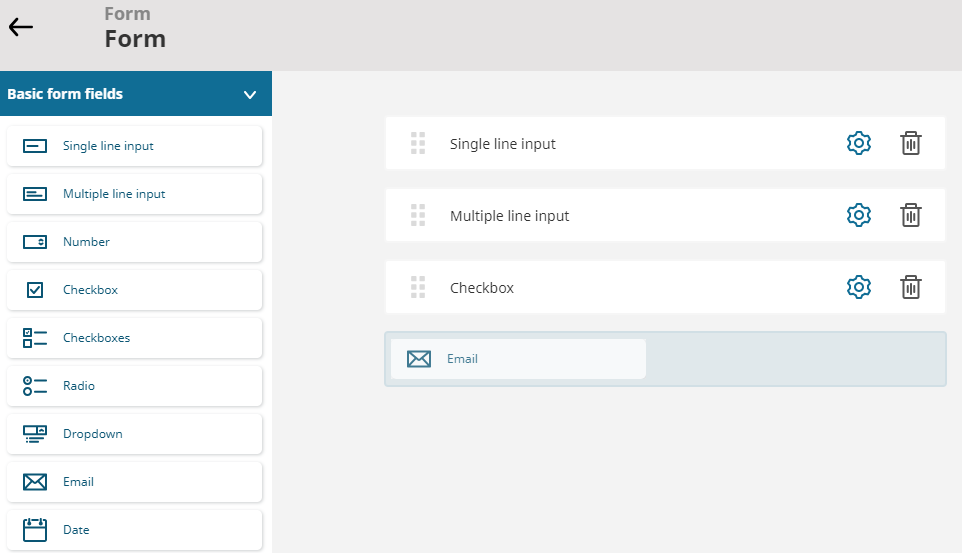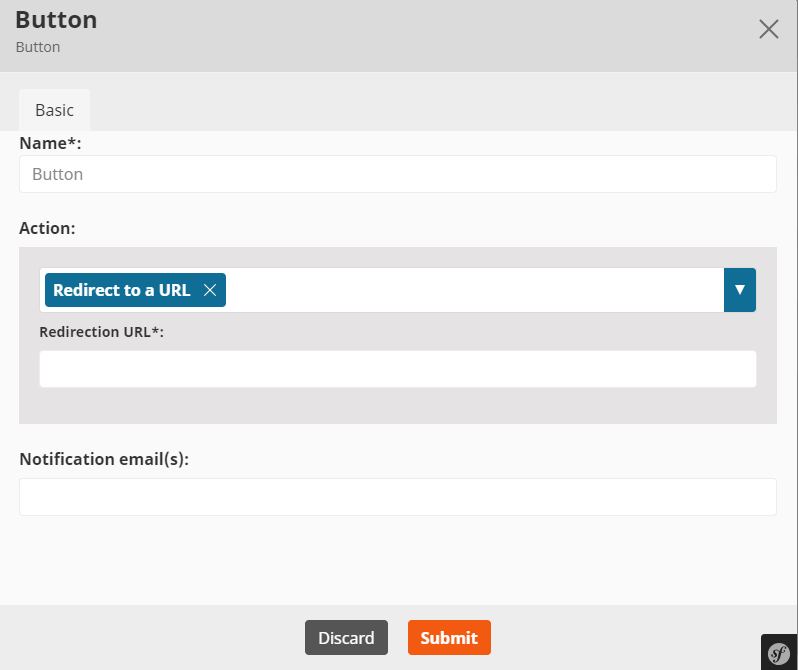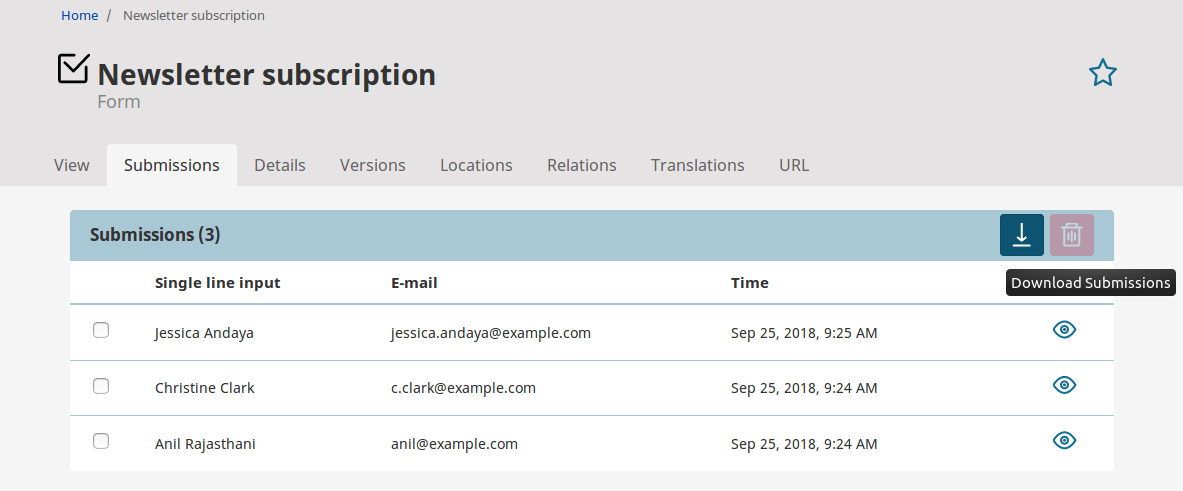Creating content – advanced¶
Languages¶
The content on your website can be translated into different languages. Each Content item can have different language versions. The version visible to a visitor depends on the way your installation is set up (see SiteAccess).
Adding translations¶
You can create a new translation of a Content item by going to the Translations tab and clicking the plus button. You will see a list of all available languages. You can also base the new translation on an existing one. All the Fields will then be pre-filled with the values they have in the base translation. If you do not choose a base translation, the Fields remain empty. Every time you add or edit any translation, the Content item gets a new version, the same way as when editing only one language.

You can only add translations in languages that have been set up for your website in the Admin Panel. To create a new language for the website, go to the Admin Panel, open the Languages tab, and click the plus button.

Every new language must have a name and a language code written in the xxx-XX format, for example eng-US, fre-FR, nor-NO, etc. After adding a language, you may have to reload the application to be able to use it.
Caution
After adding a language, you should be able to start adding translations to your content. However, depending on the way your website is set up, additional configuration may be necessary for the new language to work properly, especially with SiteAccesses. It is recommended you contact your administrator and inform them if you need to add a new language to the website (see the technical documentation on language versions).
SiteAccess¶
When working in Page mode, you can see a bar at the top of the page listing SiteAccesses configured for your website.
SiteAccesses is a way of offering different versions of your website to different categories of users. You can treat SiteAccesses as different "entrance points" to your website. They allow you to show different content or design to the visitor depending on which SiteAccess they use.
SiteAccesses can be used for example to serve a different website version for paying and non-paying visitors or different language versions to visitors from different countries. You can use this bar to switch between and work on the different versions.

SiteAccess must be set up by the administrator of the installation.
Enterprise
Forms¶
Forms enable you to place a survey, questionnaire, sign-up form, etc. on your website.
Create a form like a regular Content item by choosing the Form Content Type. Click the Edit button to start adding fields to the form.

Build a form by dragging different types of fields into it. The available types are:
- Single line input
- Multiple line input
- Number
- Checkbox
- Checkboxes
- Radio
- Dropdown
- Date
- URL
- File
- Captcha
- Button
- Hidden field
Each field has settings you can access through the options button. The settings differ depending on the type of the field.
Button is a special kind of field. It is used for submitting the form. You can choose one of a few options of what is shown to the user after filling in and submitting the form.

Viewing results¶
Once you publish a form and users start filling it in, you can preview the results in the Submissions tab in the Content item view.
Here you can view the details of each submission. You can also delete any submissions (for example if they were made while testing or contain spam).
The Download Submissions button enables you to download all the submissions in a .CSV (comma-separated value) file.
